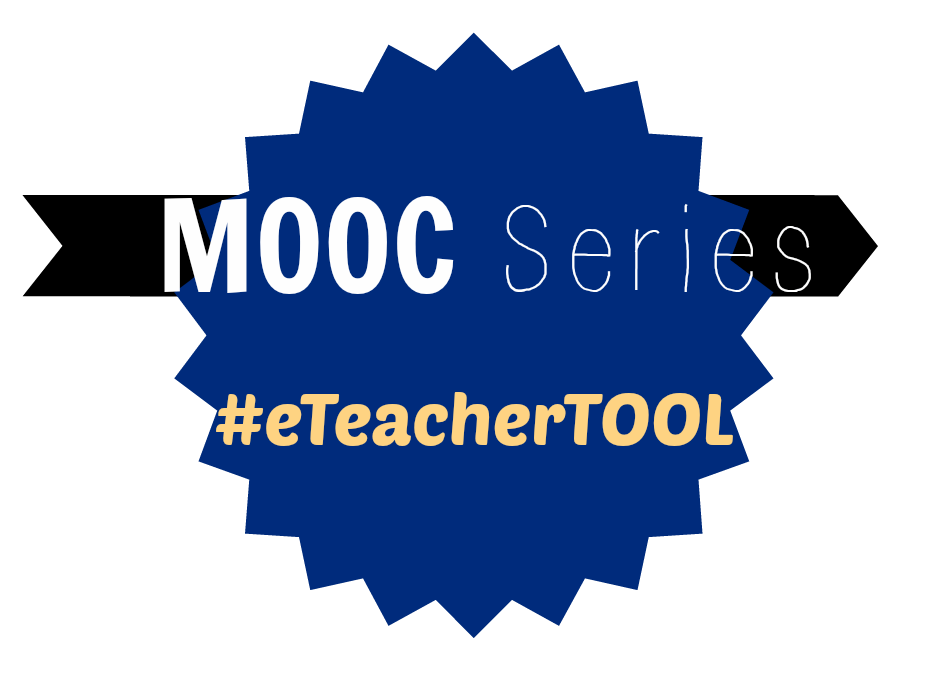This post is one in a series for a MOOC. You can find similar posts searching under the Category MOOC or searching for hashtag #eteacherTOOL for more about this particular MOOC.
 What are the Guiding Laws of Communication?
What are the Guiding Laws of Communication?
How can one refrain from violating FERPA guidelines in online communication?
Common sense self-questioning about the purpose of information sharing may be enough to move into compliance with FERPA. Is this personal information? Do I want to risk sharing this in a format which may leave a legacy? Institutions are generally good about reviewing this type of guiding law annually.
However, there are many versions of presentations available as most institutions are faced with this same federal legislation. Be advised, laws are interpreted. And the circuit you live in may dictate the “flavor” of the interpretation (based on the circuit’s case law). Here is a nice presentation from Marshall University:
What methods could be employed to verify that copyright is not being violated?
Practices to ensure credit linked to any content not personally created throughout all the steps in any creation process. If these steps are followed, simply adding a layer to personal/school/district vetting procedures where works tagged as someone else’s work are checked for copyright by the person best qualified to do so.
I find Renee Hobb’s Copyright Clarity a guiding work.
Does copyright require that all work, images, words, and graphics must be original?
Copyright simply requires that proper credit be established. Creative Commons has attempted to solve this issue.
One of the more challenging aspects of teacher is the gathering of supporting materials to teach concepts to students. As the demand for visual props for learning the Internet has been often a great enabler to Google and image, save, and upload without proper credit. These images have not often been the highest quality images, but high quality images were often either difficult to locate or costly. In March 2014 one of the highest quality curators of images will make 35 million images available with embed code CNN reports: “The company (Getty Images) will allow “noncommercial” users such as bloggers and tweeters to embed its images using a code similar to what’s on sites such as YouTube.”






Leave a Reply